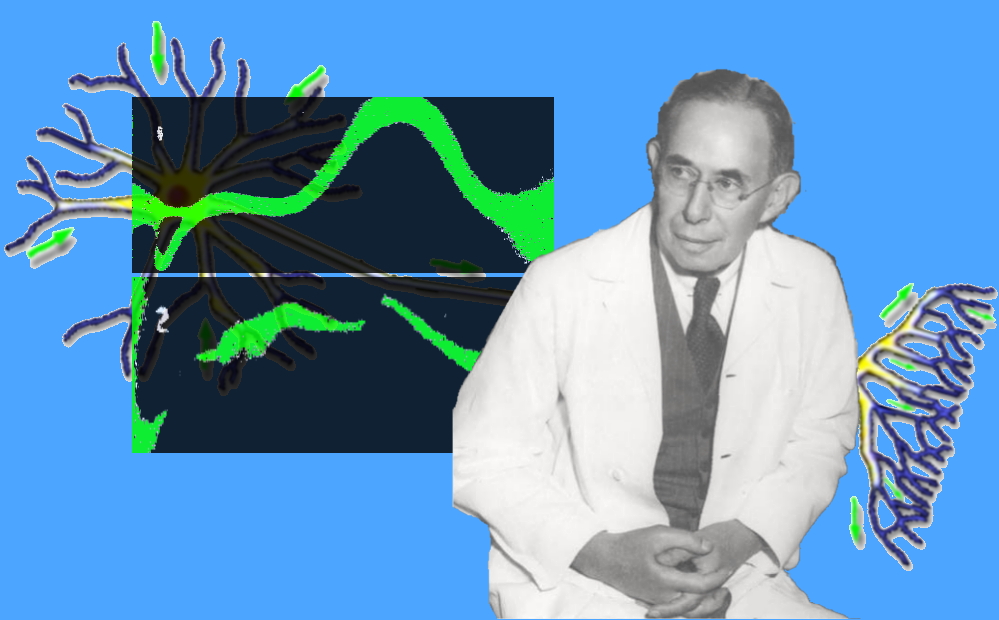What a Nerve!
On January 5, 1874, American neurophysiologist Joseph Erlanger was born. Studies in chemistry, research, and medicine at Johns Hopkins gained him an internship with William Osler in internal medicine. Within the year, Erlanger became more interested in research and teaching than in practicing medicine.
After becoming a professor of physiology at Johns Hopkins, Erlanger improved on some of the instruments he used in his work. For example, he reconfigured and refined the available sphygmomanometer – the device that measures blood pressure – making it easier and sturdier to use and measuring pulsation in the upper arm rather than in the first fingers of the hands.
Moving to University of Wisconsin’s medical school as professor of physiology, he met one of his students, Herbert Gasser who became a colleague in future physiological investigations with Erlanger at the Medical School of the Washington University, St. Louis. Erlanger’s interest in cardiovascular physiology had moved steadily into neurophysiology and spinal cord fibres.
With Gasser, Erlanger investigated ways of using electronic instrumentation to advance their studies of nerve action. Nerve action is exceedingly brief and low voltage. To register and record it required instruments with detection capabilities of great sensitivity. They were able to magnify the electrical reaction of individual nerve fibres then adapt the cathode-ray oscillograph to capture a wave pattern of the nerve impulse to study each, phase by phase. They found great varieties of impulse rates, fibre thresholds of intensity, types of impulses, different types of wave patterns, varieties in stimulus and recovery times, and fibre diameter-impulse velocity relationships. They co-authored Electrical Signs of Nervous Activity.

For almost two decades Erlanger and Gasser continued their work on their own and with others and published their findings – Erlanger on single fibres and Gasser on classification of nerve fibres. They shared the Nobel Prize for Physiology or Medicine for their work on the differentiated functions of nerve fibers in the spine.
B Bondar / Real World Content Advantage